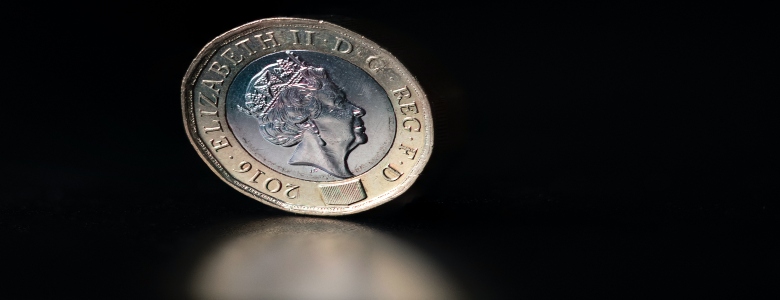
The Interest Rate Dilemma
If you have accumulated savings you will have been watching in dismay as rates have fallen, and fallen, and fallen. From the lofty pre-Credit Crunchheights when rates were at 4-5% (and in some cases at unsustainable levels of 7%, remember the Icelandic banks?), to the immediate aftermath of the Credit Crunch when the average instant access savings rate was 1.55%. For savers willing to lock money away for longer rates of 3-4% were possible.
So why are rates so low? Forgive me if I’m teaching you to suck eggs, but for those requiring a refresher, savings rates are linked to the Bank of England Base Rate and because that has been falling since the height of the Credit Crunch so have savings rates.
The Base Rate is the lever that the Bank of England uses to stimulate or cool the economy and it is all to do with managing inflation. A little inflation is a good thing because it encourages economic growth; as consumers, if we know prices are going to be higher in the future we purchase goods and services while they are cheaper. If inflation gets too high it puts pressure on purchasing power so productivity and the economy grind to a halt. Companies go out of business, employees lose their jobs and we enter a recession. Raising interest rates allows the Bank of England to cool the economy at a measured rate.
Conversely, when economies need a boost, as has been the case since the Credit Crunch and will likely continue in the post COVID recovery, reducing interest rates and keeping them low puts more money into the pockets of consumers because borrowing costs also fall. More money in our pockets leads to more spending and an improving economy.
So, the Base Rate and savings rates go in lock-step because banks make use of the money you have on deposit, mostly through lending to mortgage customers; if they only receive a low rate of interest they are not going pay out more than they receive.
So what can you do about it?
If you are scratching your head wondering what to do with your savings there are a number of options:
1. Do Nothing – you could just leave it in the hope that rates improve soon but you might also watch them fall further. If your savings are relatively small and you need access to them this might the best and only option. For small balances, a 0.1% drop doesn’t amount to much in monetary terms and you could spend time searching for better rates only to move from the frying pan to the fire.
2. Move more of your money to notice and fixed-rate accounts – tying up your money for longer can provide you with higher rates of interests but they are still unattractive given the concomitant lost access. The benefit of doing so would be to at least capture a higher rate and be protected from future falls.
The opposite is also true, when interest rates pick up again your fixed-rate may begin to look unappealing. However, as suggested above, it’s hard to see how interest rates are going to pick up this year and probably not over the next two or more as we recover from the pandemic.
3. Consider Premium Bonds – the prospect of a £1m payday is very appealing which is why Premium Bonds are so popular. In reality, it is extremely unlikely, even if you hold the maximum £50,000; the current odds of winning are just 1%. If you win the odd £25 the interest rate equivalent tends to be lower than bank savings rates and because the winnings come as cheques which are usually spent, you miss out on the compound interest of savings accounts.
4. Invest it – if you have surplus savings and are willing to expose some of it to investment risk it is likely to be the most reliable way to generate an appealing medium to long-term return, but of course, you have to be prepared to see the value of it fall, particularly in the short-term.
5. Spend it – Another option of course is to spend what you don’t need (when we can get out and do so again anyway). It common for people who have a savings mindset to struggle to justify spending it, particularly when they reach retirement but you can’t take it with you and you are allowed to treat yourself.
Cash ISAs vs Savings
The general rule of thumb is ISAs are more beneficial because any interest accrued is tax-free. But, because rates are so low, and tend to be lower for Cash ISAs, and because we all have a Personal Savings Allowance (£1,000 for non and basic rate taxpayers and £500 for higher rate taxpayers), account balances have to be high before any income tax will be payable on savings income.
For a 0.5% rate of interest, savings would have to be above £200,000 for a basic rate taxpayer to breach their personal savings allowance or £100,000 for a higher rate taxpayer.
For additional rate taxpayers, there is no Personal Savings Allowance so it is prudent to make sure savings are held in a spouse’s name if their income is lower.
Remember its all relative
It is worth remembering that what actually matters is the real return you are receiving on your money, that is the return after accounting for inflation. As mentioned above, because interest rates are a function of inflation in the economy, while it may feel like rates are poor at present, with inflation at low levels too, the real return isn’t any different to when savings rates were higher but inflation was too. Those 4%+ accounts may seem appealing but inflation peaked at 4.8% in September of 2008.
Photo by Steve Smith on Unsplash






